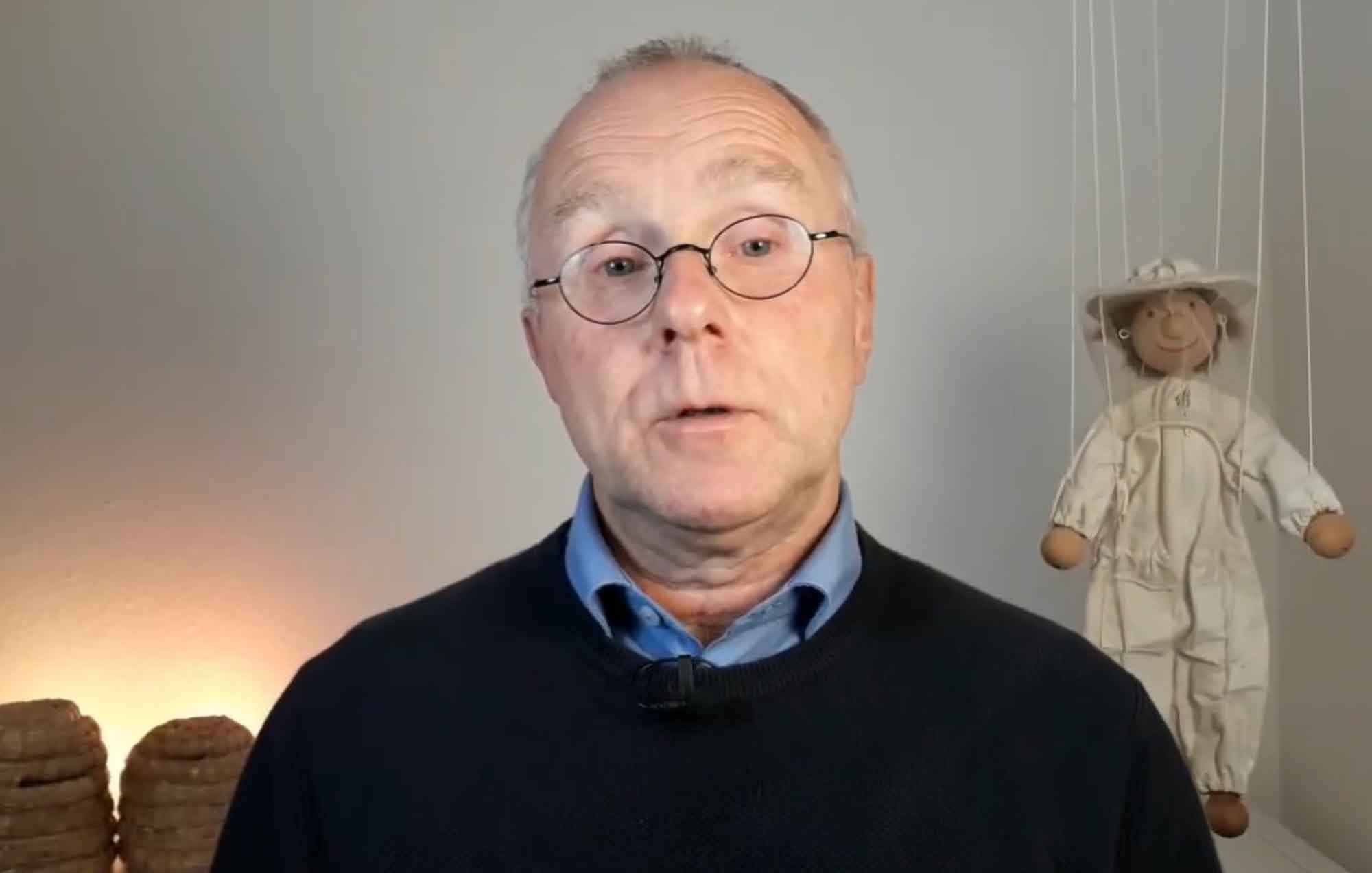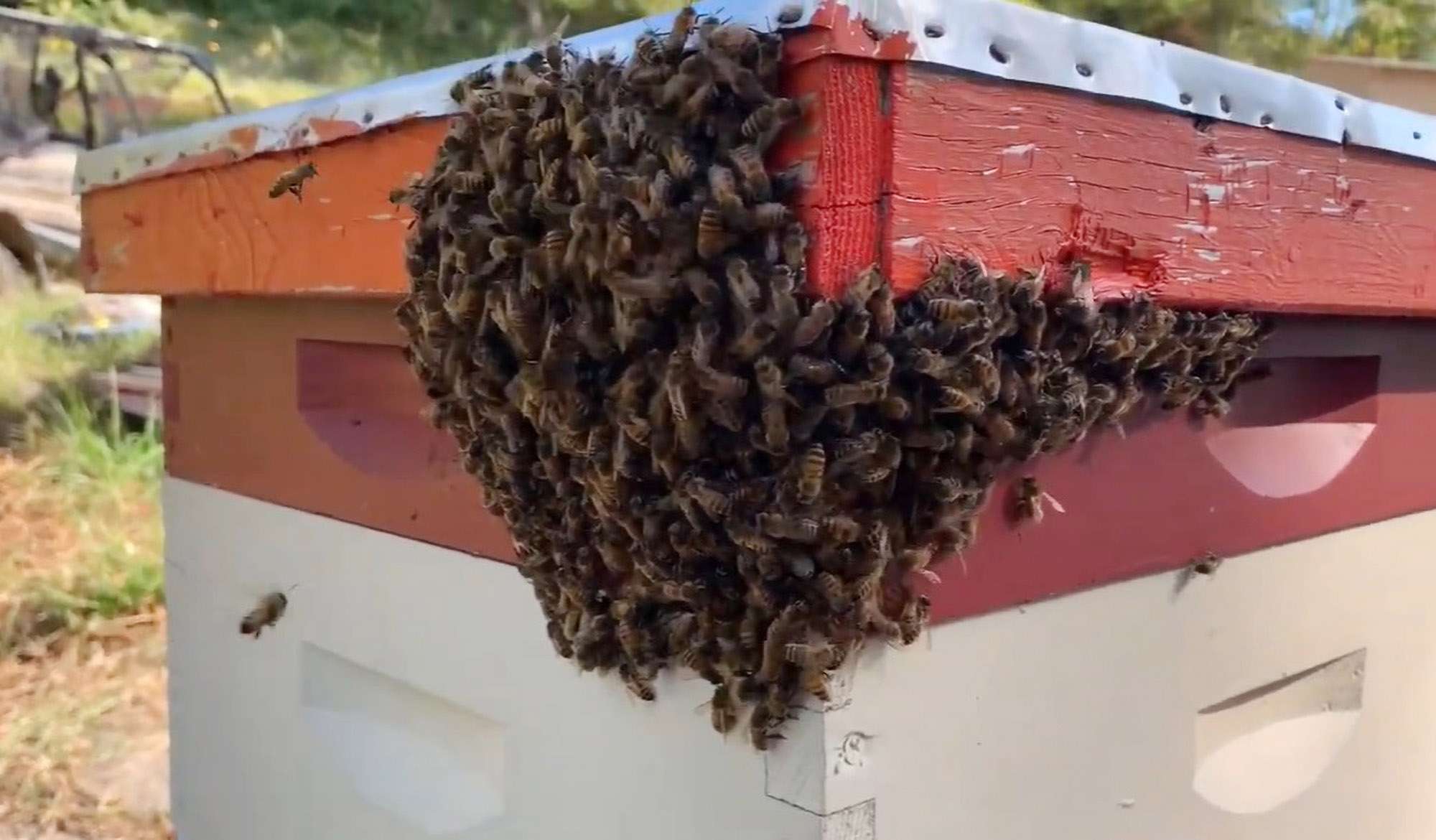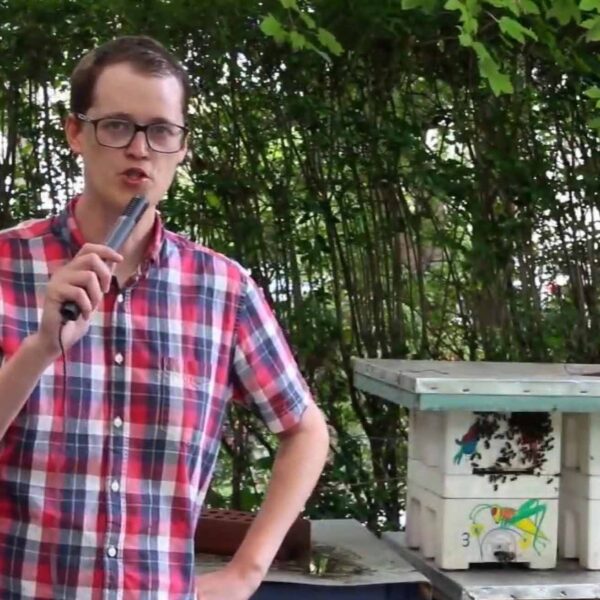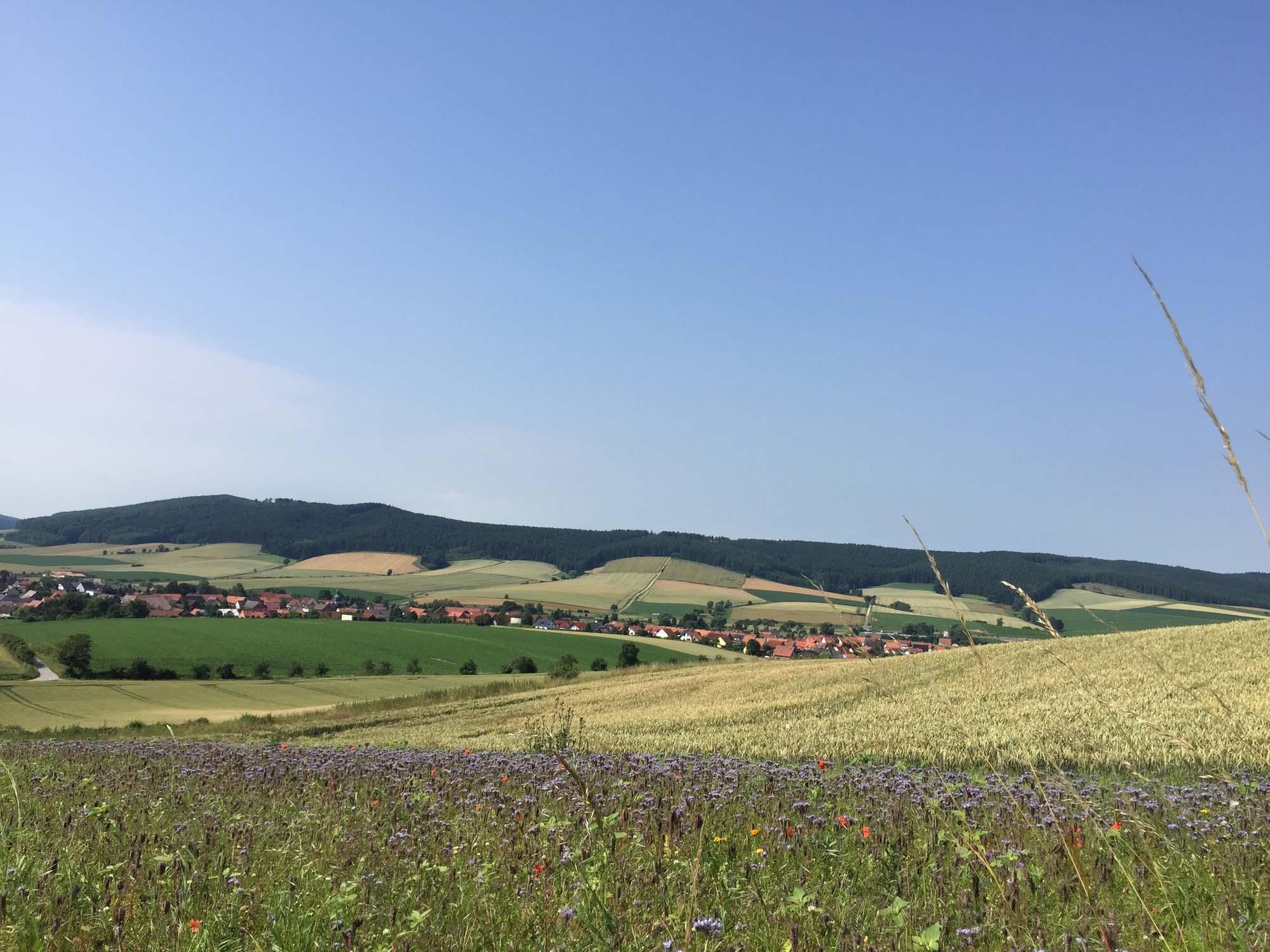Beekeepers in northern Germany lost more than one in five of their colonies last winter, it has been confirmed.
A survey conducted by the Centre for Bees and Beekeeping in Mayen, Rhineland-Palatinate, showed that apiarists in the northern Schleswig-Holstein State had deplored a 21,4 per cent fatality rate during the past cold season.
Honey farms in the southwestern region of Baden-Württemberg got away with a death rate of just 8.8 per cent, according to the centre’s chief, Dr Christoph Otten.
Dr Otten explained that the overall loss ratio for domesticated colonies in Germany’s 16 states dropped year on year from 21 per cent to 11.6 per cent.

There are more than 149,000 beekeepers in Germany. In 2022, they managed almost 990,000 colonies.
Around 8,000 apiarists participated in the poll on wintertime colony loss.
The Varroa destructor, a parasitic mite, is the biggest threat to colonies during winter. It reproduces by attaching to the body of the pollinators.
The European Commission says: “Since its arrival in Europe in the late 1970s, Varroa infests most colonies and represents the most impacting pathogen threat for honeybees and the beekeeping industry worldwide.”
Dutch anti-Varroa technology company Arista Bee Research warns on its website: “It is considered the largest contributor to (winter) losses. Untreated colonies often collapse within two years from the consequences of the fast-growing Varroa population.”
Some beekeepers in Germany aim at protecting their colonies from Varroa infestations by focusing on breeding resilient bees.











